Think your favorite marinara is a healthy choice? Think again. Some of the most popular sauces sitting on grocery shelves right now are packed with shocking amounts of added sugars, sodium, and unnecessary oils—making them far unhealthier than you’d expect. Nutrition experts reveal which brands to skip if you’re trying to eat better while still enjoying your pasta nights. From sauces with hidden high fructose corn syrup to jars with more salt than a bag of chips, here’s what you need to know before your next shopping trip.
1. Del Monte Traditional Pasta Sauce
Would you knowingly pour high fructose corn syrup over your spaghetti? That’s essentially what happens with Del Monte Traditional Pasta Sauce. With a whopping 8g of sugar per serving, this sauce ranks among the sweetest on store shelves.
The sodium content doesn’t fare any better at 590mg per half cup – that’s about 25% of your daily recommended intake in just sauce alone! Many consumers don’t realize they’re essentially eating dessert with their pasta.
The excessive sweetness masks the natural flavor of tomatoes, creating an artificially enhanced taste that nutritionists consistently warn against for those monitoring blood sugar or heart health.
2. Francesco Rinaldi Sweet & Tasty Marinara
Sugar appears as the third ingredient on Francesco Rinaldi’s Sweet & Tasty Marinara label – a red flag for any savvy shopper. Containing 10g of total sugars per serving, this sauce delivers nearly the same sugar hit as some candy bars.
Nutritionists frequently criticize this product for its misleading positioning. The name openly admits to being “sweet” but many consumers don’t translate that to mean “loaded with added sugars.”
At 440mg of sodium per serving, this sauce delivers a one-two punch of unhealthy ingredients. The overwhelming sweetness completely overshadows the authentic tomato flavor that should be the star of any quality marinara.
3. Bertolli Traditional Marinara
Behind Bertolli’s elegant label and premium positioning lurks a sauce that packs nearly 500mg of sodium and added sugars in each serving. Food scientists note that this combination creates an addictive flavor profile that keeps consumers coming back despite the nutritional drawbacks.
The overwhelming sweetness of this sauce completely dominates the herb notes and natural tomato acidity that should provide balance. Many home cooks report having to add additional seasonings to counteract the sugar-forward taste.
Originally created to highlight tomatoes’ natural flavors, authentic marinara never needed such high levels of sweeteners. Bertolli’s version strays far from traditional Italian recipes in favor of an Americanized, dessert-like profile.
4. Prego Traditional Italian Sauce
Ever wondered why kids love Prego so much? The answer lies in its candy-like sweetness that makes it taste more like ketchup than authentic marinara. Nutrition experts regularly single out this sauce for its high sugar content that completely overpowers any natural tomato flavor.
A single serving contains more added sugar than many dessert toppings. The sauce’s thick consistency comes partly from added thickeners and modified food starch rather than from properly reduced tomatoes.
Restaurant chefs often cite Prego as an example of how commercial products have altered American expectations of what marinara should taste like. The sauce’s popularity reveals how accustomed we’ve become to unnecessarily sweetened foods.
5. Ragú Old World Style Marinara
Ragú’s budget-friendly price tag comes with a hidden cost: your health. Packing 480mg of sodium per serving, this sauce contributes significantly to the excessive salt intake that doctors warn against. Its widespread availability makes it one of America’s most consumed high-sodium food products.
The manufacturer defends the salt content as necessary for preservation and flavor, but culinary experts disagree. Authentic Italian marinara relies on quality tomatoes and herbs for taste, not salt overload.
While affordable and convenient, this sauce represents exactly what nutritionists fight against – the normalization of unnecessarily salty processed foods. Many consumers remain unaware that a single pasta dinner with this sauce can deliver more than half their daily recommended sodium.
6. Mezzetta Family Recipes Marinara
Marketing buzz phrases like “gluten-free” and “non-GMO” create a health halo around Mezzetta’s Family Recipes Marinara that distracts from its nutritional shortcomings. At 100 calories per half cup, it’s surprisingly energy-dense for what should be a simple tomato sauce.
The 520mg sodium bomb in each serving puts it among the saltiest options available. Cardiovascular specialists caution that regularly consuming such high-sodium products can contribute to hypertension even in otherwise healthy individuals.
The glass packaging and premium branding create an impression of wholesomeness that the nutrition facts don’t support. While the ingredient list avoids some artificial additives, the fundamental sodium and calorie issues make this a poor choice for health-conscious shoppers.
7. Carbone Marinara
Celebrity-endorsed Carbone Marinara comes with a premium price tag but questionable nutritional value. The restaurant-quality taste comes partly from its 9g of fat per serving – substantially higher than most competitors and nearly half the calories in each portion.
Sodium levels reach 410mg per serving, contradicting the artisanal, small-batch image the brand cultivates. Food scientists note that the rich mouthfeel consumers praise actually comes from the high oil content rather than superior ingredients.
The sauce’s popularity among foodies demonstrates how skillful marketing can override health concerns. While occasional indulgence won’t harm most people, regular consumption of this high-fat, high-sodium option could impact heart health over time, especially for those already managing cardiovascular issues.
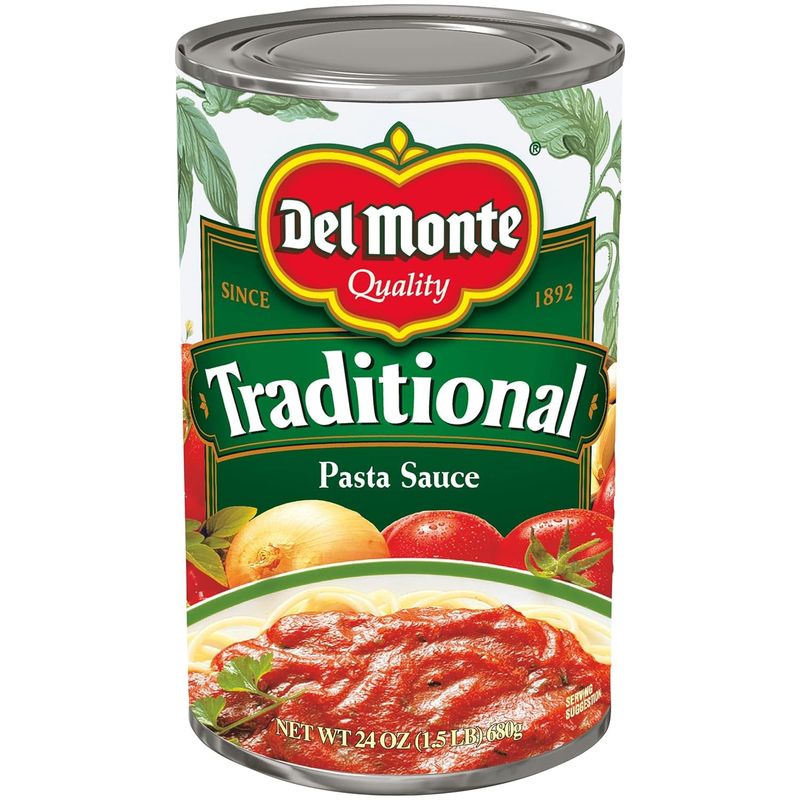
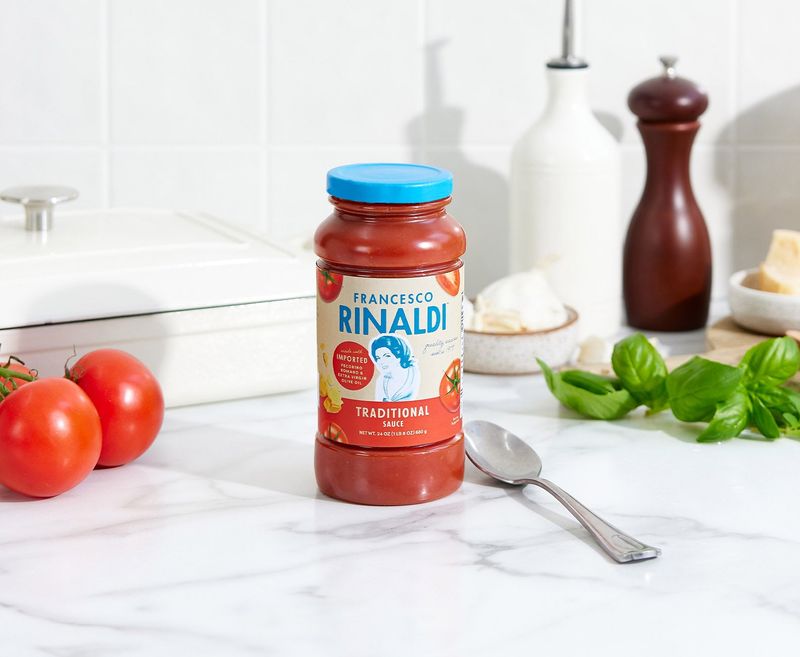
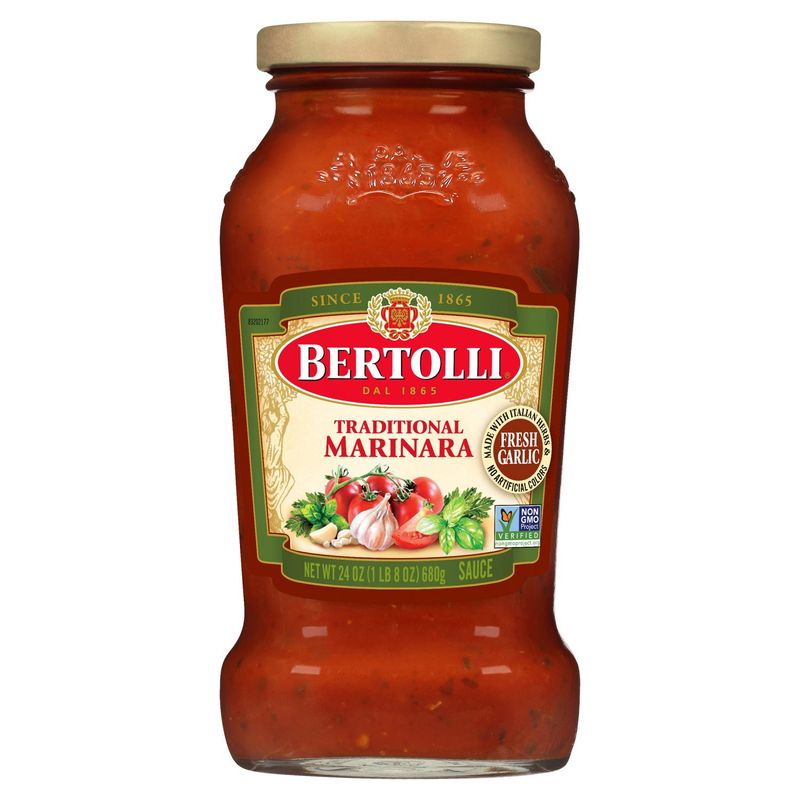
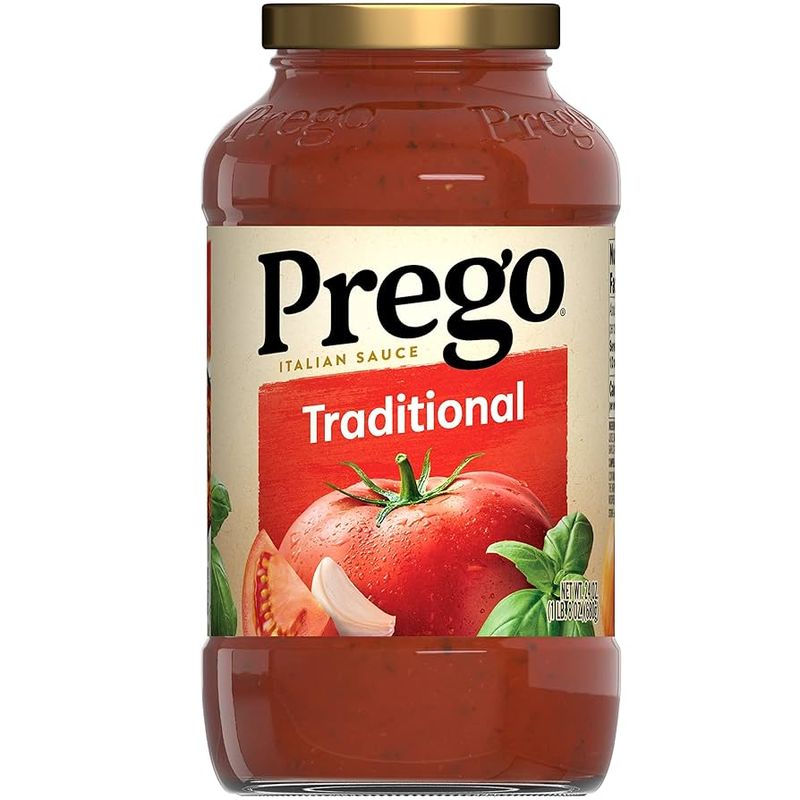
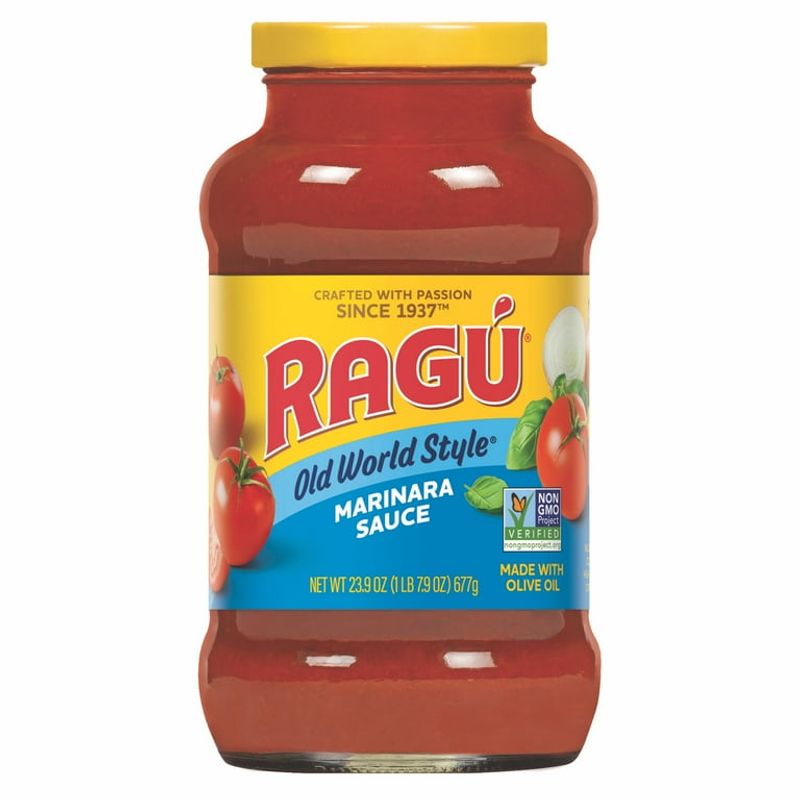
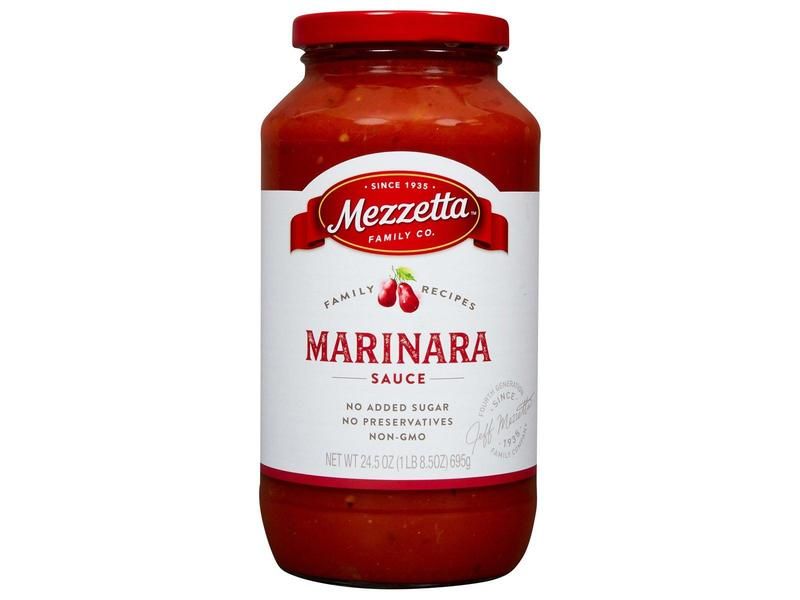
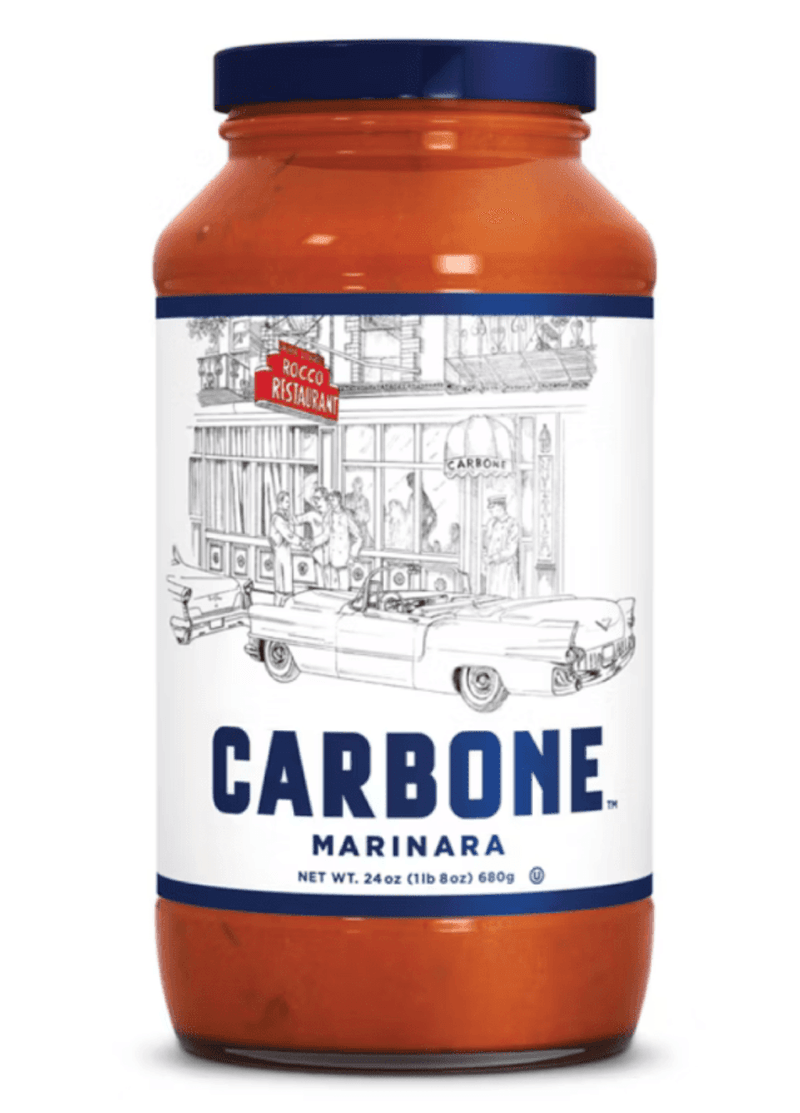
Leave a comment